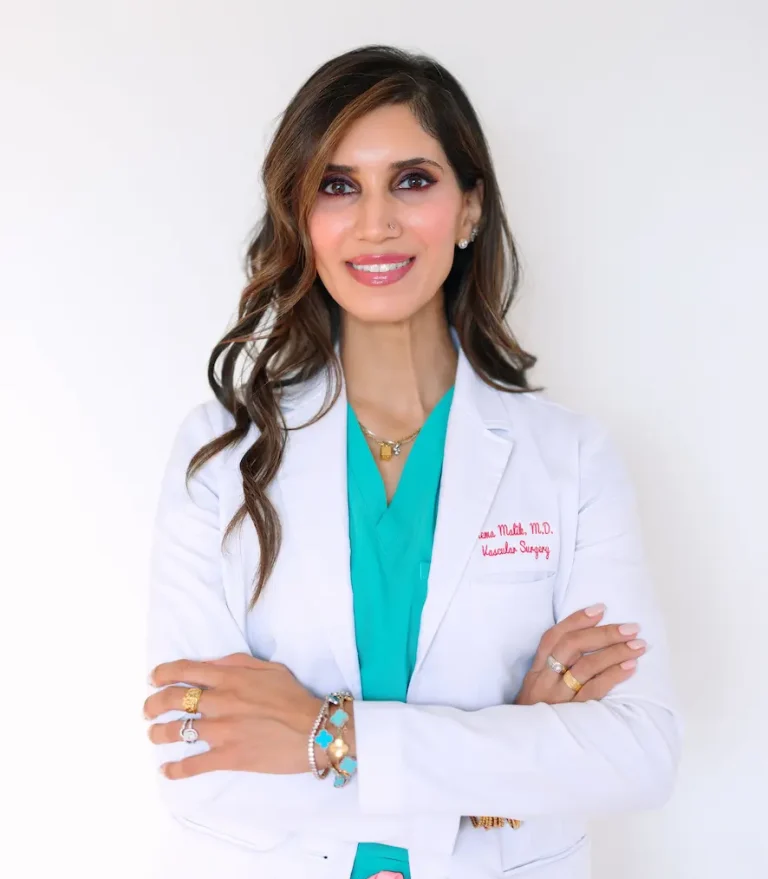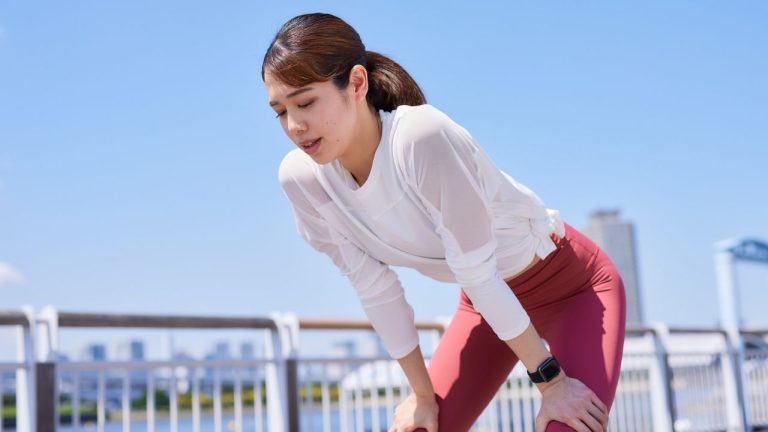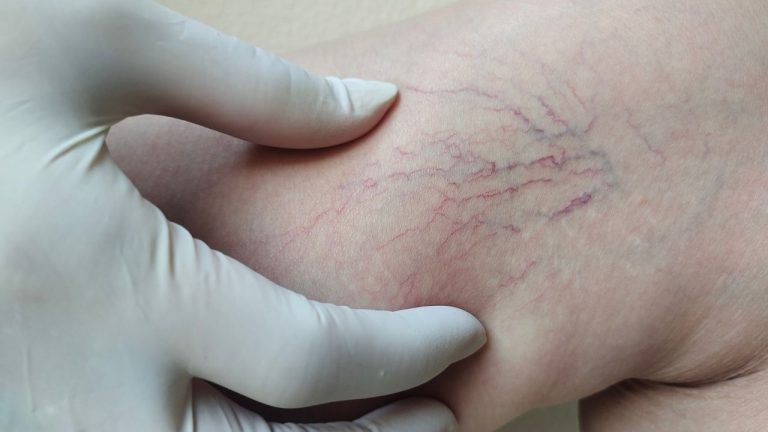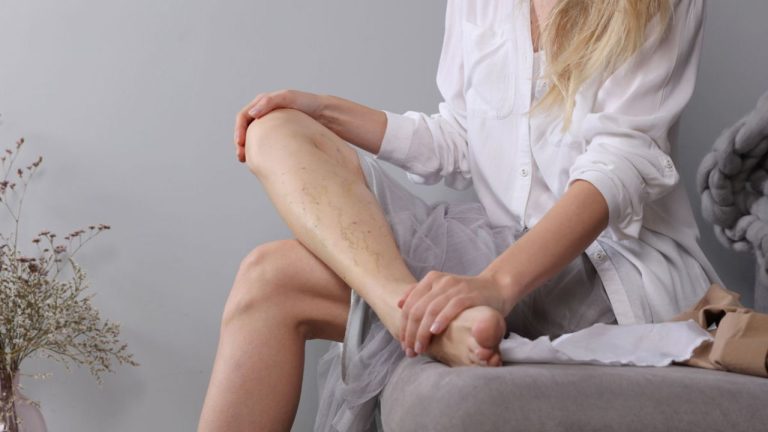Varicose veins are more than just a cosmetic issue. They are swollen, twisted veins that often appear blue or dark purple and usually develop on the legs or feet. This happens when the tiny valves inside your veins stop working properly. Instead of blood flowing smoothly toward the heart, it pools in the veins, causing them to bulge and twist.
Thankfully, modern medicine offers many effective treatments -from laser ablation and foam sclerotherapy to minimally invasive vein surgeries – that can remove or seal these veins and restore comfort and appearance.
But after going through treatment, many people worry about one thing: Can varicose veins come back?
The answer isn’t as simple as yes or no. Let’s explore it step by step.
Can Varicose Veins Return After Treatment?
The straightforward answer is yes, varicose veins can come back – but not the same ones that were treated.
Once a vein has been successfully treated and sealed off (for example, with laser or radiofrequency energy), it is permanently closed and will no longer carry blood. However, other veins in your legs can become weak over time and develop the same problem, leading to new varicose veins.
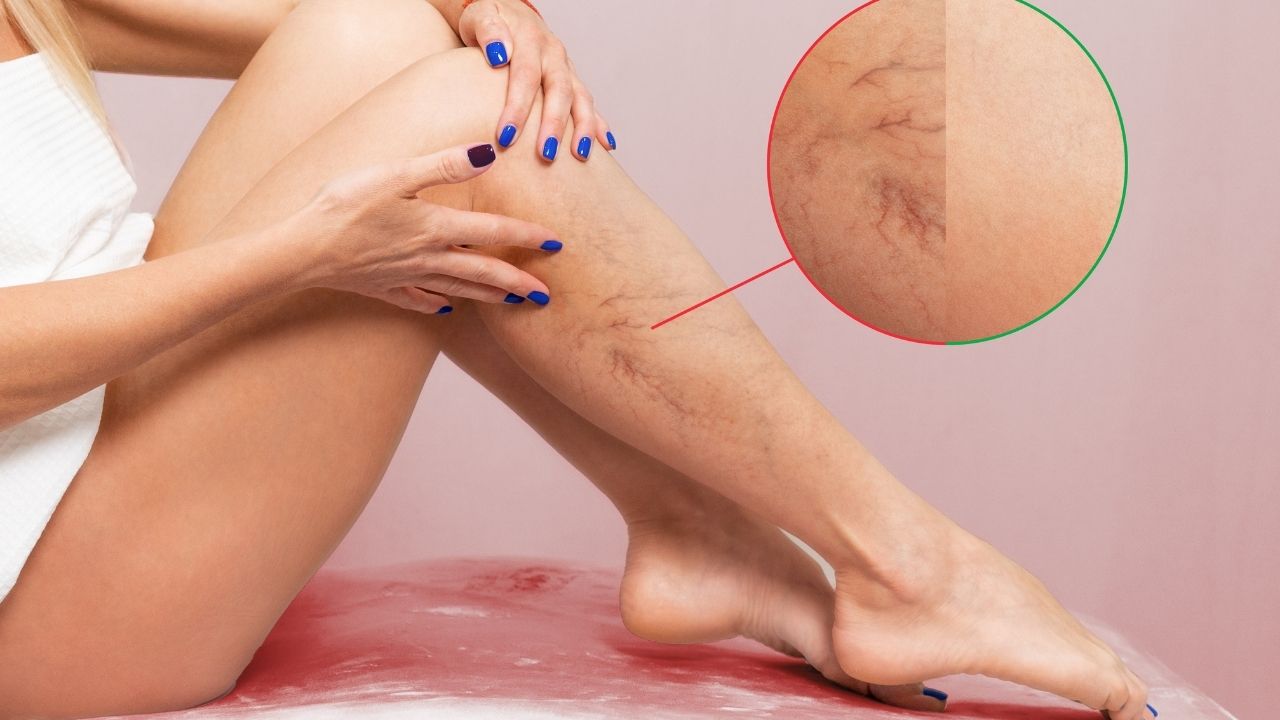
The underlying cause of varicose veins is often chronic venous insufficiency (CVI) — a long-term condition where vein valves fail to close properly, allowing blood to flow backward and pool in the veins. This pressure buildup stretches vein walls and creates new varicose veins over the years.
So, treatment removes the damaged veins, but the disease process can continue in untreated veins. This is why recurrence is possible even after a technically perfect procedure.
In short:
- The treated veins are gone for good.
- But the tendency for new varicose veins to appear may remain, especially if you have an inherited vein weakness or certain lifestyle habits.
Why Varicose Veins Come Back After Treatment?
It’s important to understand why new varicose veins can appear, even after high-quality treatment. Several biological, lifestyle, and procedural factors contribute to recurrence.
1. Genetic Predisposition
If your parents or close relatives had varicose veins, there’s a high chance you’ll develop them too. Genetics influence the strength and elasticity of your vein walls and the effectiveness of your vein valves.
Even after successful treatment, weak vein walls caused by genetics may cause new varicose veins to form in different areas over time.
2. Incomplete Treatment
Sometimes, during the initial procedure, smaller feeder veins or perforator veins (which connect deep and superficial veins) are left untreated. These can continue to exert high pressure, causing nearby veins to swell and twist later.
Comprehensive ultrasound-guided mapping before treatment reduces this risk significantly.
3. Lifestyle Factors
Lifestyle plays a huge role in recurrence.
- Prolonged standing or sitting for long hours can slow blood circulation in the legs.
- Lack of physical activity weakens the calf muscles, which are essential for pumping blood back to the heart.
- Excess weight or obesity increases pressure on leg veins.
- Pregnancy adds a temporary but intense strain on the venous system due to hormonal and pressure changes. (All these factors can trigger new vein damage even after treatment).
4. Age and Hormonal Changes
With aging, the natural wear and tear of your veins reduces their elasticity.
Hormonal changes, particularly in women (due to pregnancy, menopause, or birth control), soften vein walls and make them more likely to fail. This explains why recurrence is more common in older patients and women with multiple pregnancies.
5. Technical or Procedural Factors
In rare cases, recurrence happens because of incomplete vein closure during treatment.
If a vein was not completely sealed with laser or radiofrequency ablation, blood flow might slowly return to it over time, leading to the same vein reopening.
This is uncommon today thanks to advanced imaging and improved techniques.
How Common Is Varicose Vein Recurrence?
The likelihood of varicose veins returning depends on several factors, including the type of treatment, the patient’s lifestyle, and the severity of the initial condition.
Research shows that:
- Around 20% to 50% of patients develop new varicose veins within 5 to 10 years of treatment.
- Modern treatments like Endovenous Laser Ablation (EVLA) and Radiofrequency Ablation (RFA) have much lower recurrence rates – usually between 5% and 10%.
- Older surgical procedures like vein stripping have a higher recurrence rate, ranging from 15% to 30%, mainly due to incomplete vein removal and regrowth from remaining branches.
It’s crucial to remember that recurrence does not always mean treatment failure. In most cases, it reflects the natural progression of vein disease or the emergence of new reflux pathways over time.
Preventing Varicose Veins from Coming Back
While you can’t control your genetics, you can make smart lifestyle choices to help prevent new varicose veins from developing after treatment.
1. Wear Compression Stockings
Compression stockings improve blood flow by gently squeezing your legs, helping veins push blood back toward the heart. Wearing them after treatment and during long hours of standing or travel can prevent pooling and swelling.
2. Stay Physically Active
Exercise strengthens your calf muscles, which act as a natural pump for your veins. Low-impact exercises such as walking, swimming, yoga, and cycling are excellent for circulation.
3. Maintain a Healthy Weight
Excess weight increases the pressure on your lower body veins. Maintaining a healthy BMI helps reduce this strain and prevents venous pressure buildup.
4. Avoid Long Periods of Sitting or Standing
If you work at a desk or stand all day, take short breaks to walk around or stretch every hour. This simple movement activates blood flow and reduces the chance of venous congestion.
5. Raise Your Legs
Raising your legs above your heart for 10-15 minutes, a few times a day, can significantly relieve venous pressure and swelling.
6. Follow Up Regularly with Your Vein Specialist
Even if your legs look and feel fine, follow-up ultrasound scans every 6 to 12 months can help detect early signs of new vein reflux before symptoms become visible.
Modern Treatments and Their Long-Term Success Rates
Varicose vein treatment has evolved significantly over the past decade, offering patients faster recovery, minimal discomfort, and impressive long-term outcomes. However, not all treatments have the same level of effectiveness or durability.
Below is a quick comparison of the most commonly used modern treatments, their average success rates, recurrence risks, and important notes to help you understand which might offer the best long-term results.
Let’s see the table for better convenience-
| Treatment type | Average success rate | Chance of recurrence | Notes |
| Endovenous Laser Ablation (EVLA) | 93-98% | Low (5-10%) | Minimally invasive with long-lasting results |
| Radiofrequency Ablation (RFA) | 90-95% | Low | Quick recovery and minimal discomfort |
| Foam Sclerotherapy | 80-90% | Moderate | Best for smaller veins; may require repeat sessions |
| Surgical Ligation/Stripping | 70-80% | Higher (15-30%) | Older method; more invasive with higher recurrence |
| VenaSeal (Glue Treatment) | 90-95% |
Low |
Fast recovery; no compression stockings needed |
Modern endovenous treatments are now considered the gold standard for varicose vein care because they’re less invasive, have shorter recovery times, and show high long-term success rates.
When to See Your Doctor Again
After treatment, you should monitor your legs regularly. Contact your vein specialist if you notice:
- New bulging or visible veins
- Swelling, heaviness, or tightness in your legs
- Pain, cramping, or throbbing sensations
- Skin darkening, thickening, or ulcers near the ankle
These symptoms may indicate new venous reflux or other venous problems that require prompt evaluation.
Final Thoughts
Yes -varicose veins can come back after treatment, but modern procedures significantly reduce that risk. Recurrence often happens due to new vein issues, genetics, or lifestyle factors rather than treatment failure.
The best approach is to combine effective treatment with healthy habits, regular exercise, and ongoing follow-ups with your vein specialist. With proper care, you can maintain smooth, healthy legs and prevent future recurrence.
